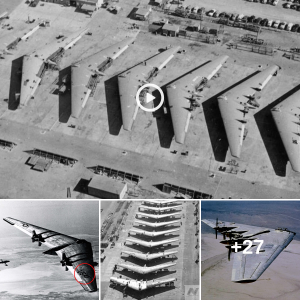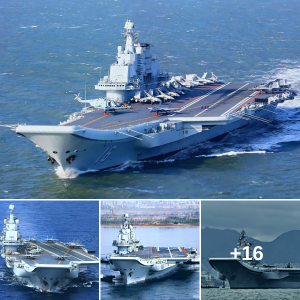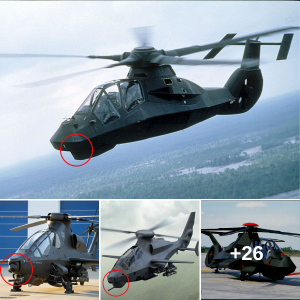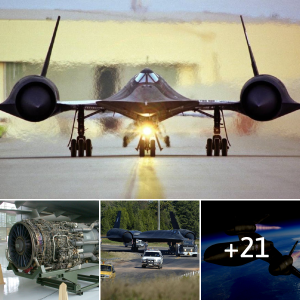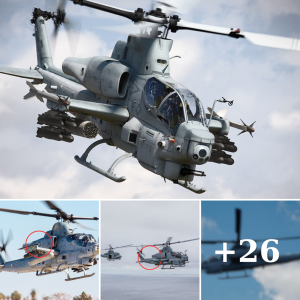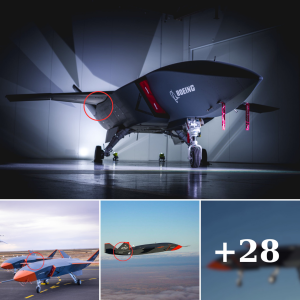Following two weeks of major protests and riots in Iranian cities, an attack on a police station in Zahedan in the country’s south east on September 30 reportedly killed 19 people, including several members of the Islamic Revolutionary Guard Corps (IRGC). At least 32 further IRGC personnel were injured in the attack, including members of the Basij volunteer forces.

The revolutionary guard corps serves as a parallel armed force to the Iranian Military with its own armour, combat aircraft and command structure, and reports directly to the Guardian Council led by Supreme Leader Ali Khamenei. It has been responsible for the large majority of operations beyond Iran’s borders including support for counterinsurgency operations in Iraq and Syria and allegedly backing the Yemeni Ansrullah Coalition insurgent group. The corps has been singled out for targeting by Iran’s adversaries in the Western world and by Israel, with its leader general Qasem Soleimani assassinated in January 2020 in a CIA drone strike in Iraq. Israeli sources claimed the CIA had received Israeli intelligence support for the attack, to which Iran responded with missile strikes on U.S. bases in Iraq causing over 100 American casualties.

Iranian Revolutionary Guard Corps Personnel
Among the IRGC members killed were IRGC Colonel Hamidreza Hashimi, soldier Mohammad Amin Azarshokr and Basij soldiers Mohamad Amin Arefi and Saeed Borhan Rigi. Intelligence chief Seyyed Ali Mousavi was also killed. The militants responsible hid themselves among worshipers inside a nearby mosque before attacking, with rioters reportedly seizing multiple police stations in the region. Iranian and allied sources have widely alleged that Western powers have been behind ongoing unrest using social media and other assets, mirroring prior reports of similar Western involvement in riots that toppled governments in Libya, Syria, Sudan and Ukraine among others. Iran’s intelligence ministry has arrested nine Westerners connected to the riots including French, German, Dutch, Italian, Swedish, and Polish nationals.
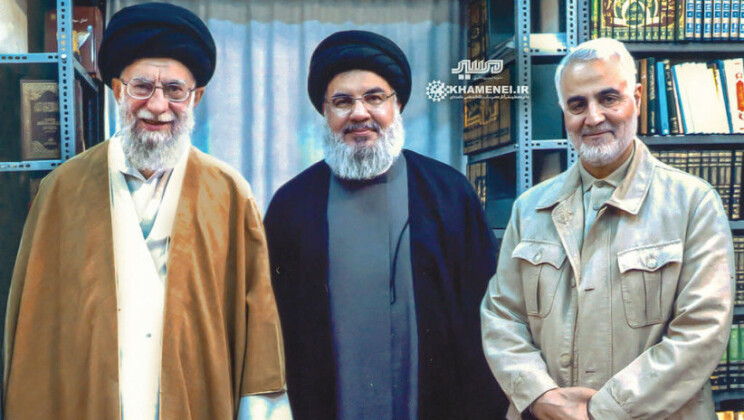
Iranian Supreme Leader Khamenei, Hezbollah Leader Nasrallah and General Soleimani
Armed attacks on police stations and military positions using mosques as shelters and riots as cover notably mirror the practices of Western-backed militant groups in 2011 at the outset of wars in Libya and Syria, where arms seized from storming police stations were later used to capture military facilities allowing anti-government elements to build up their arsenals and launch full scale war efforts.
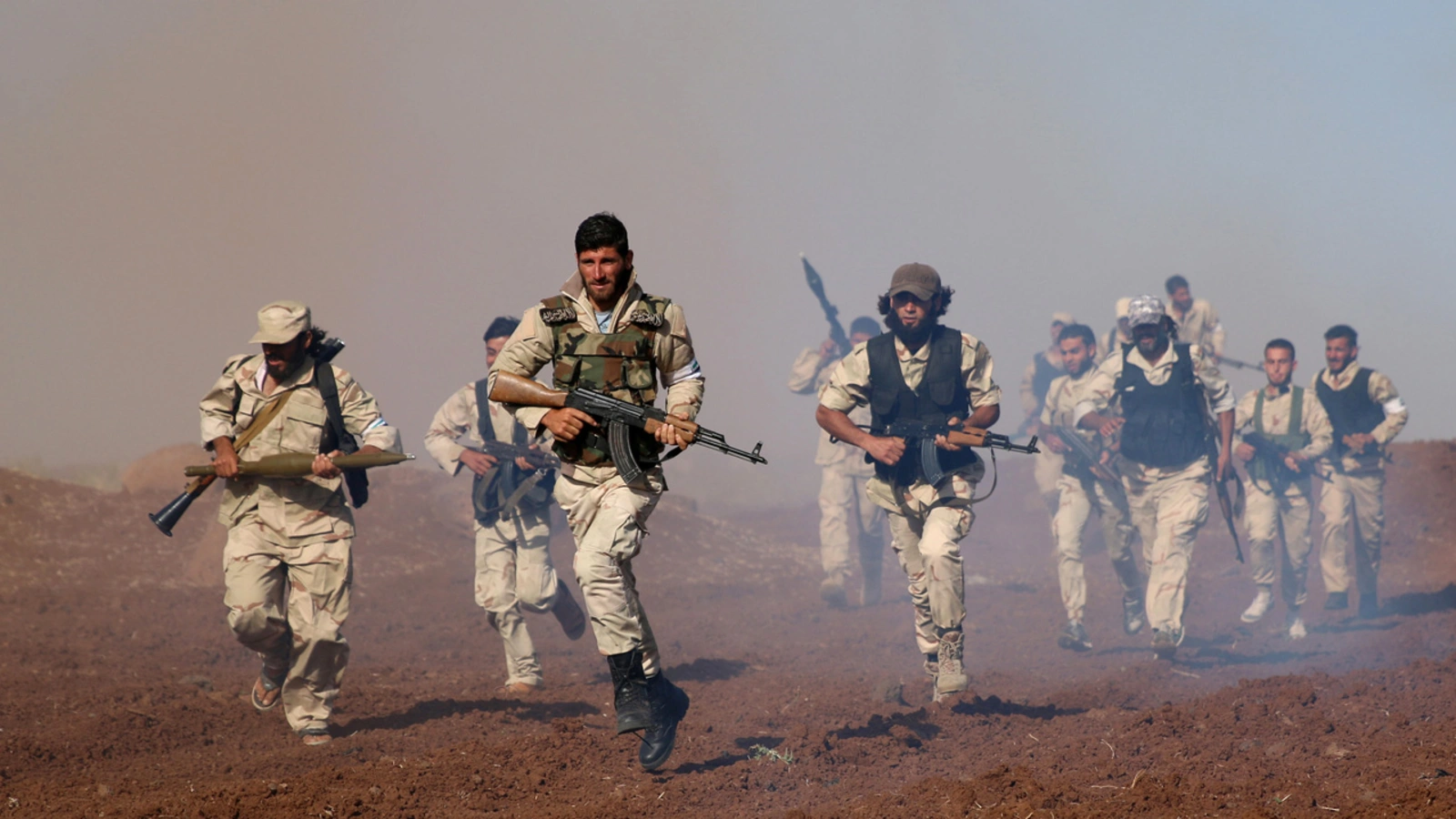
In those cases militants gained considerable support from abroad including various mercenary groups in Syria which sent combatants through Jordan and Turkey, resulting in the insurgency being strongest in the border regions, or in Libya where foreign advisors and special forces were quickly deployed on the ground. Iran’s Revolutionary Guard Corps have significant experience in counterinsurgency having participated in such efforts in Syria and Iraq, meaning neutralising its officer corps could be a key priority should a Syria or Libya style operation be intended for the country.

The corps has seen significant figures in its leadership assassinated both on Iranian soil and abroad in attacks widely attributed either to Western powers or to Israel. Sudden unrest in Iran has been speculated by some analysts to be connected to the country’s accession to the Shanghai Cooperation Organisation, with riots beginning almost immediately afterwards, as this power bloc is seen to pose a growing challenge to Western interests. Iran’s deepening security ties with Russia are a further factor expected to increase Western hostility towards the country.
